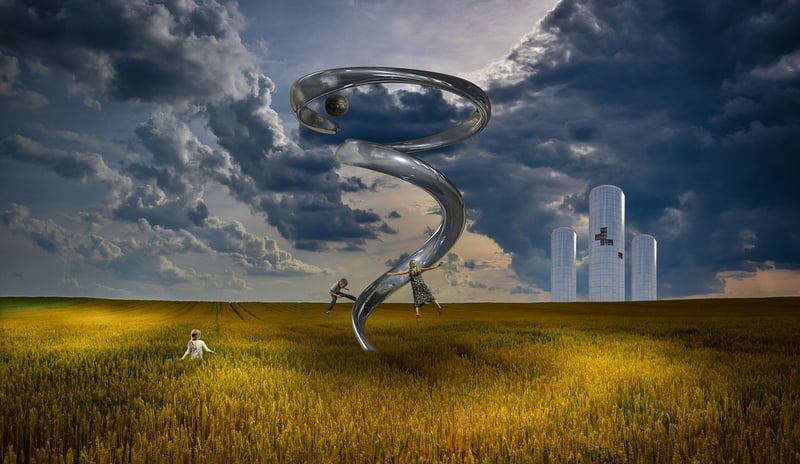Alternate Realities
Unravel Time Complexities in Alternate Realities
Time complexities and alternate realities are two fascinating concepts that intertwine in the realms of computer science and theoretical physics. Understanding how time complexities work in different realities can offer unique insights into computation, simulation, and the nature of our universe.
What are Time Complexities?
Time complexities in computer science refer to the amount of time an algorithm takes to complete as a function of the length of its input. It helps in analyzing the efficiency of algorithms and their performance as the input size grows.
Exploring Alternate Realities
Alternate realities, also known as parallel universes or multiverse theory, are hypothetical self-contained separate realities that coexist with one another. In theoretical physics, these realities could provide explanations for various phenomena.
How Do Time Complexities Interact with Alternate Realities?
In the context of alternate realities, time complexities can vary significantly. Algorithms that are efficient in one reality may perform poorly in another due to differences in the underlying laws of physics, computational rules, or even the concept of time itself.
Implications for Computation and Simulation
The study of time complexities in alternate realities can have profound implications for computation and simulation. It challenges traditional notions of algorithm efficiency and opens up new possibilities for optimizing algorithms in different realities.
Conclusion
Exploring the intersection of time complexities and alternate realities offers a unique perspective on the nature of computation, time, and the universe. By unraveling these concepts, we can deepen our understanding of the intricacies of algorithms and the fabric of reality itself.

Image Source: Pixabay
